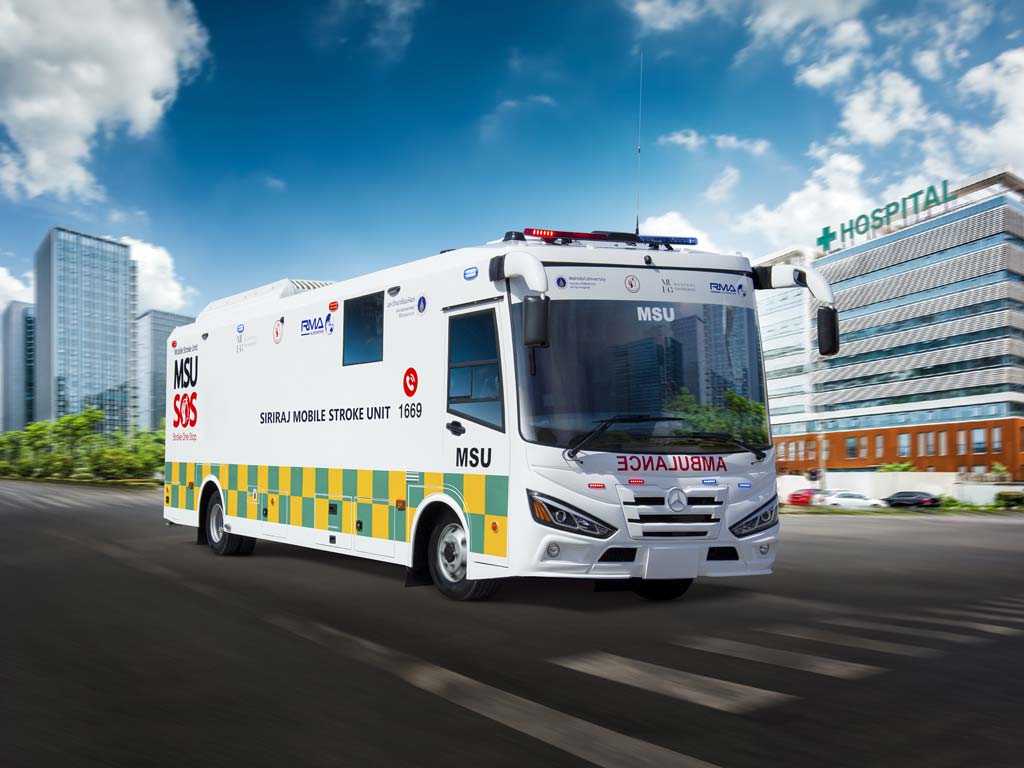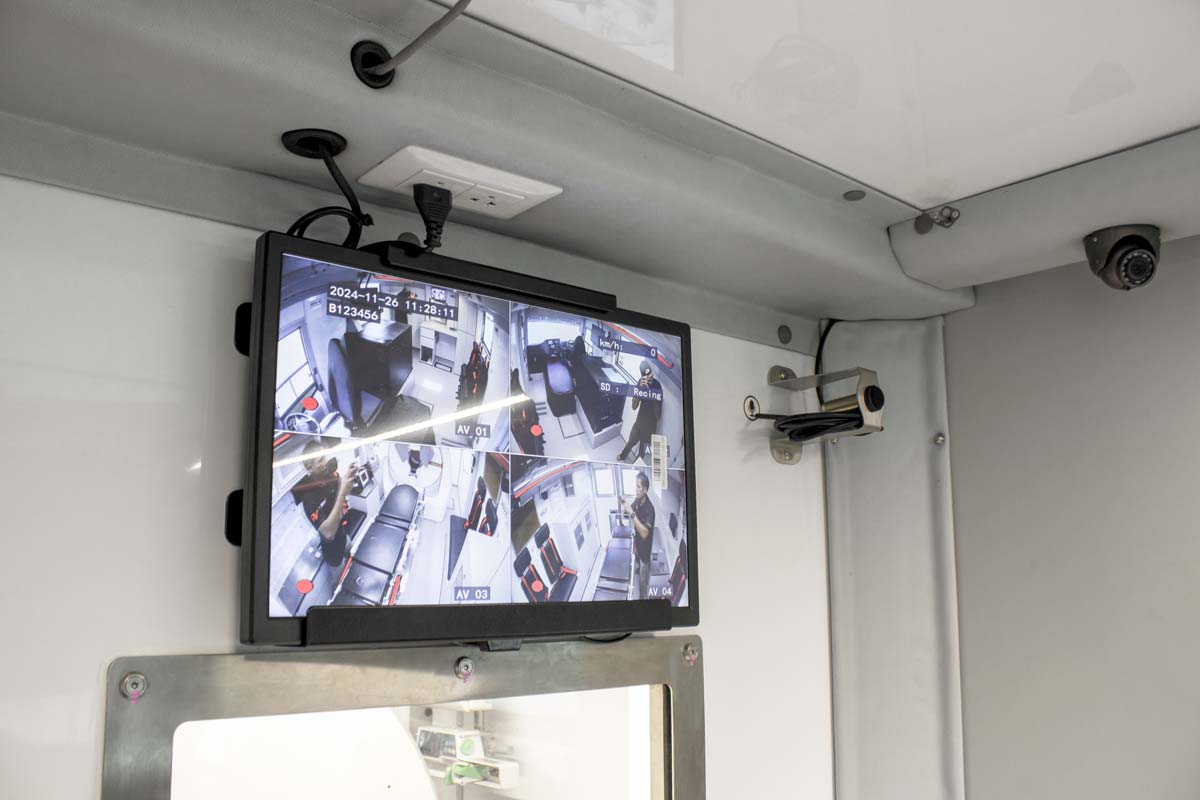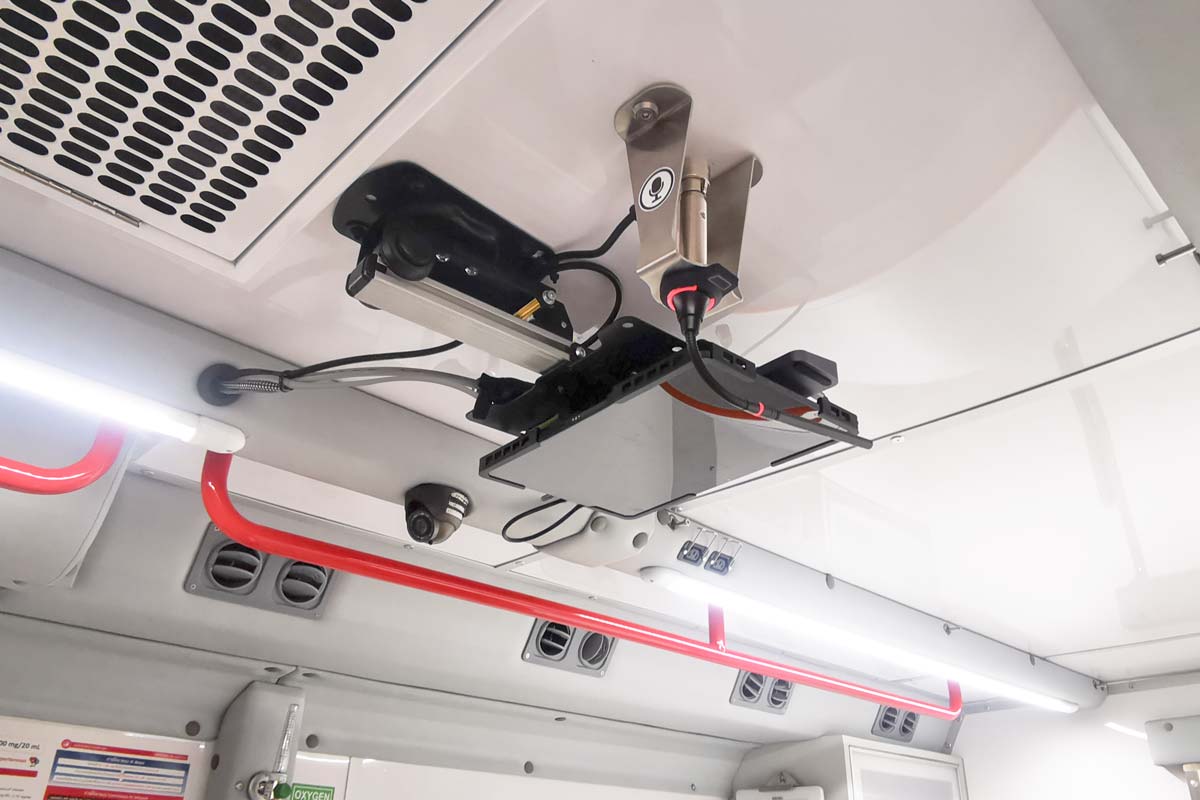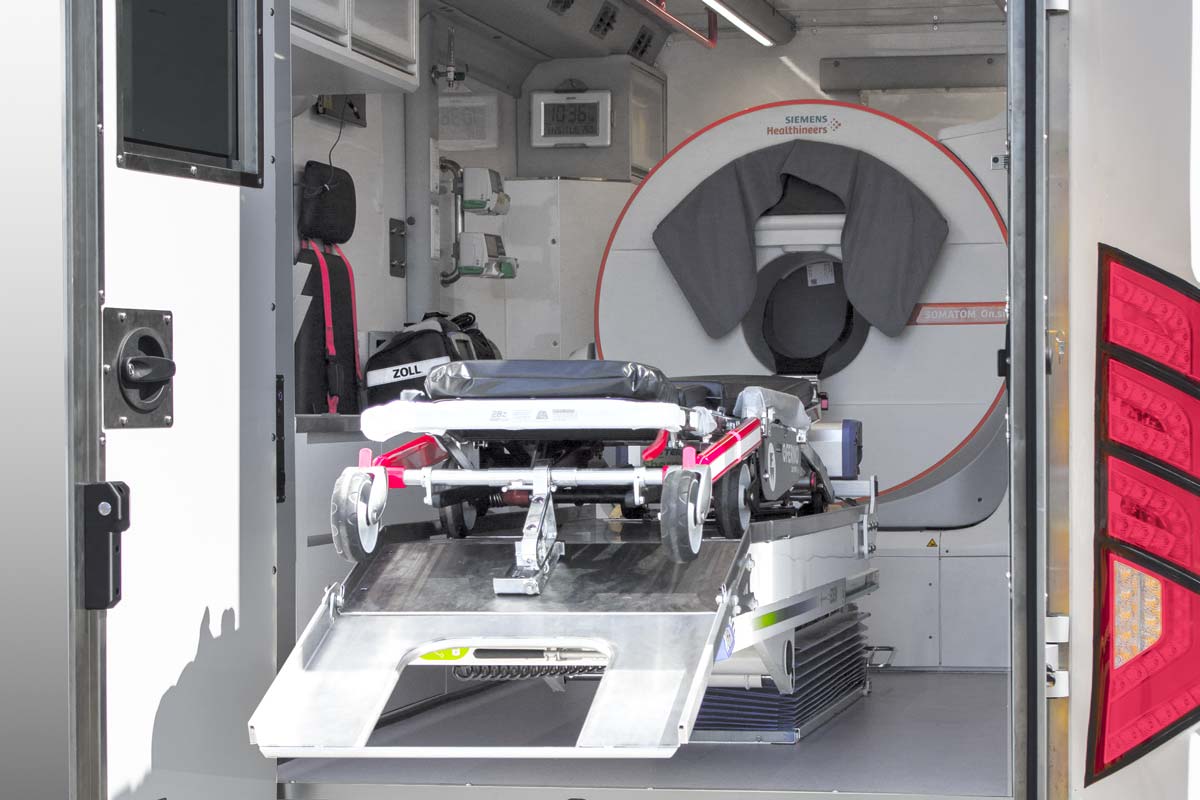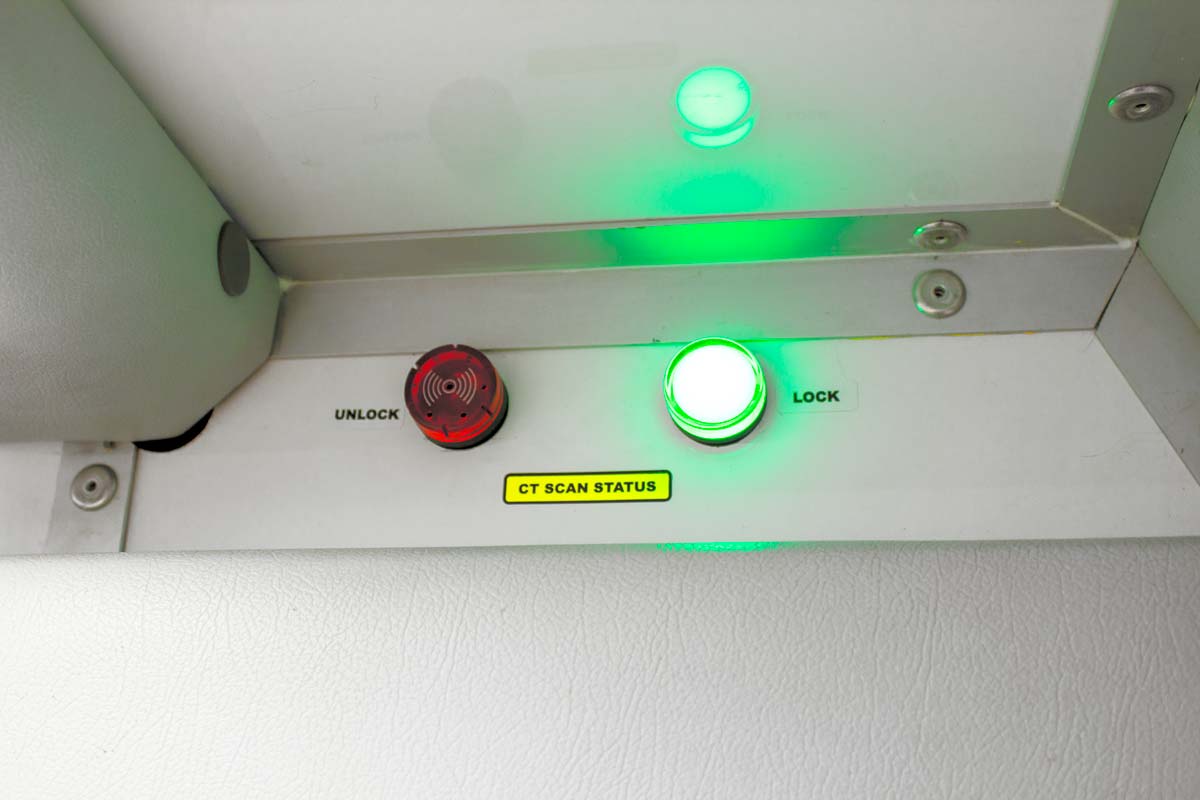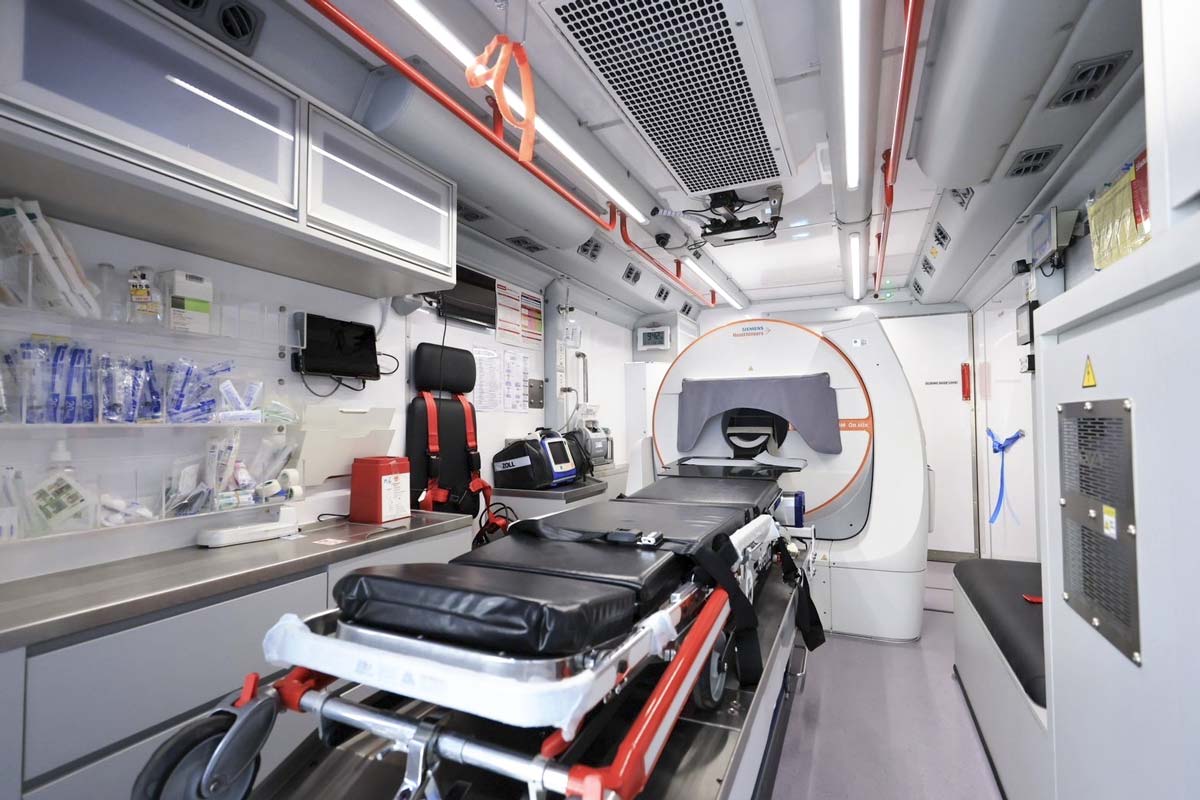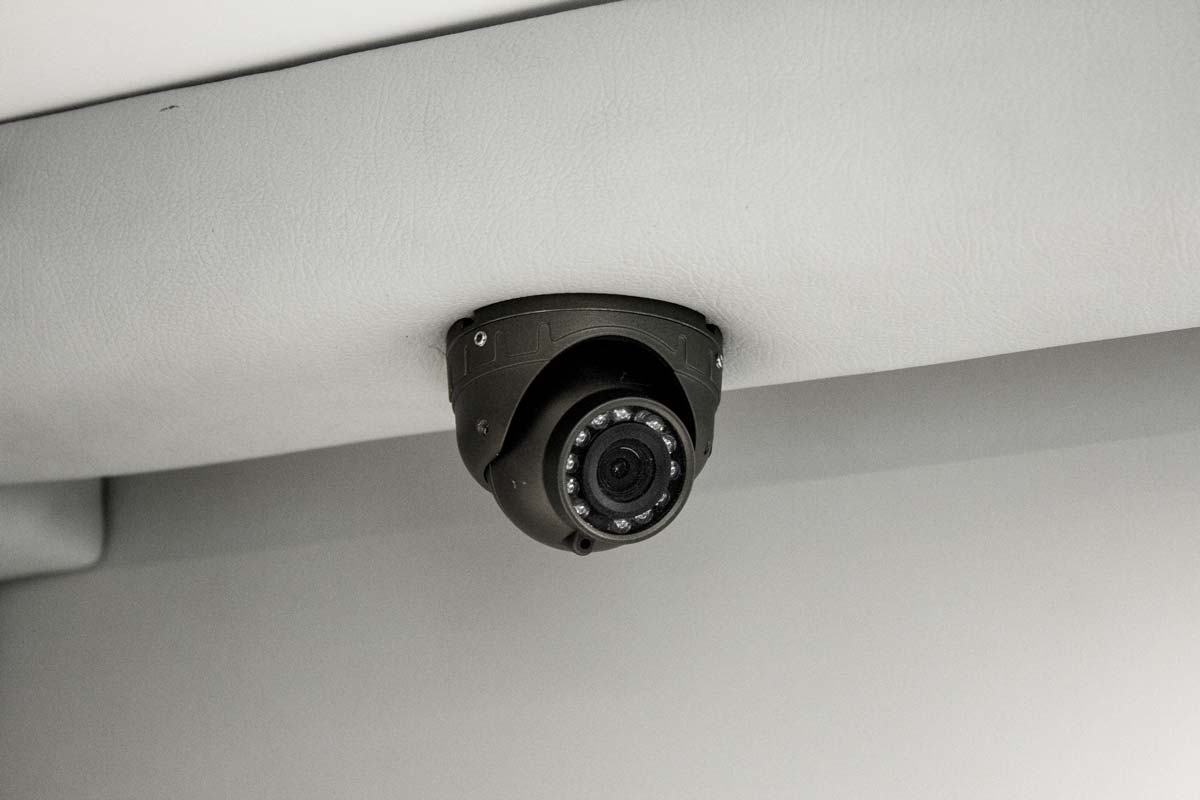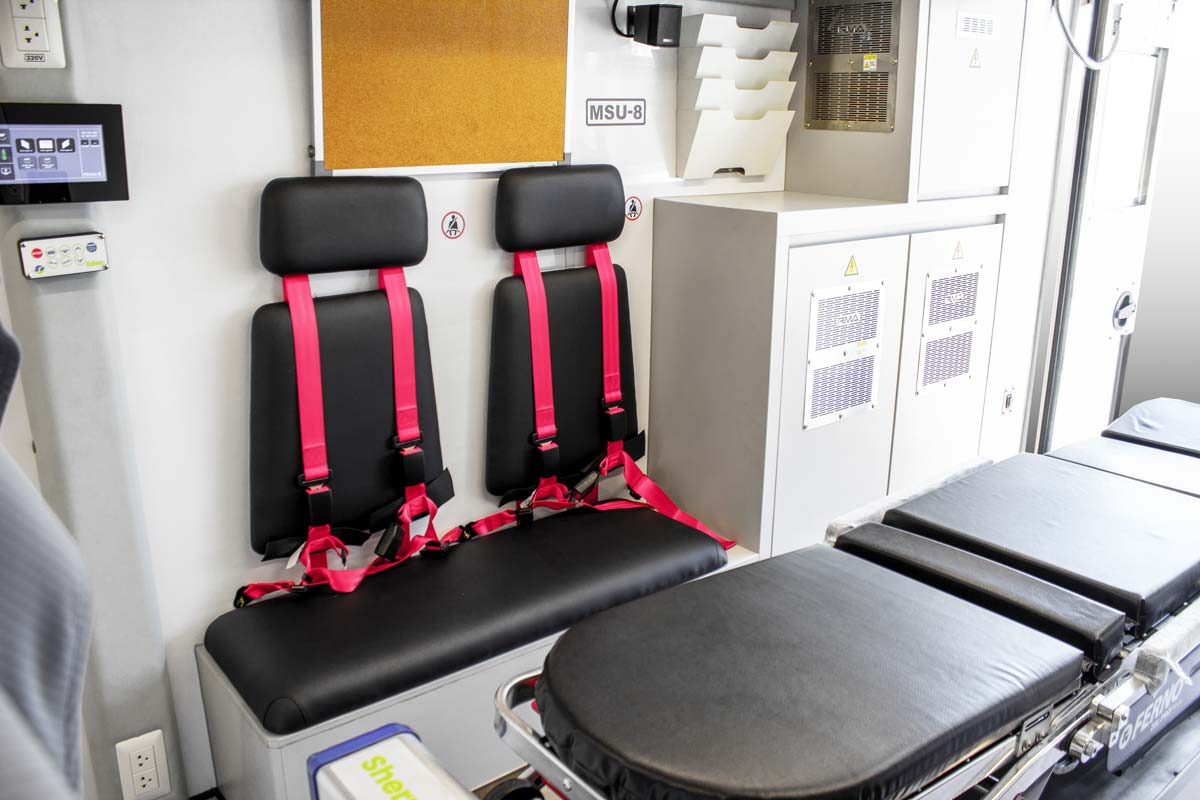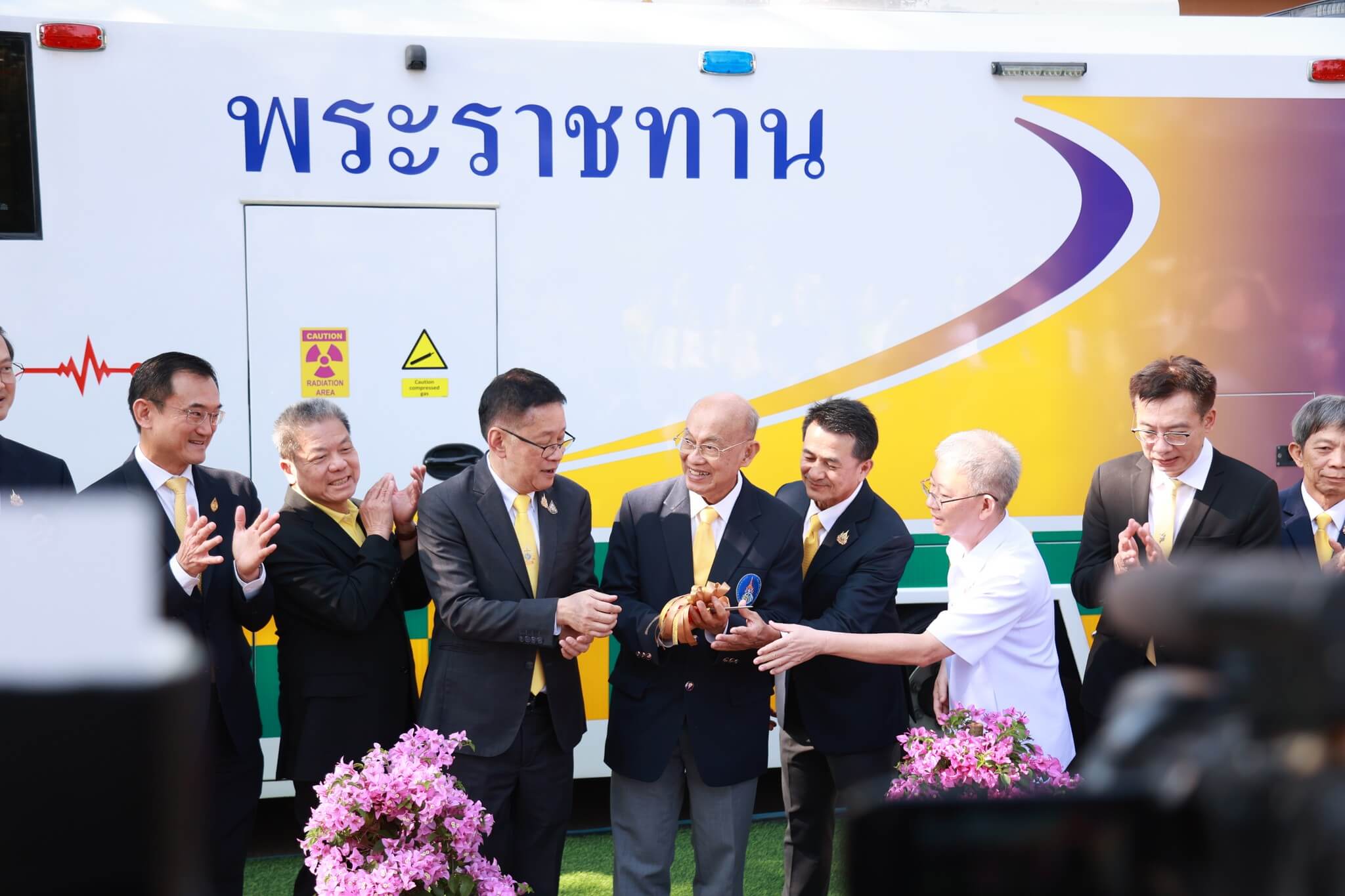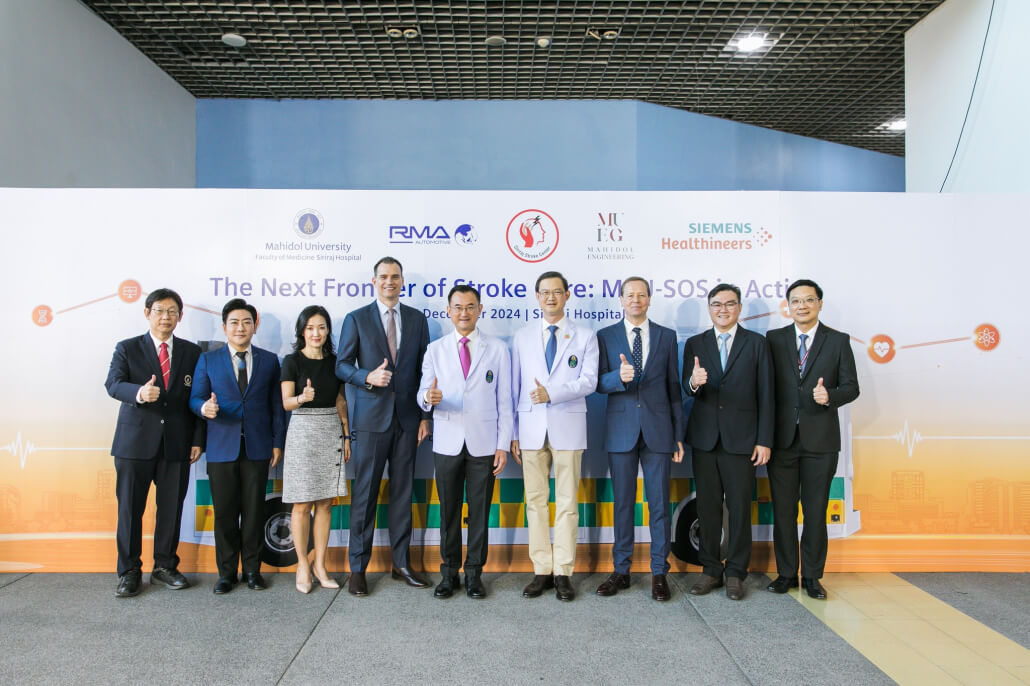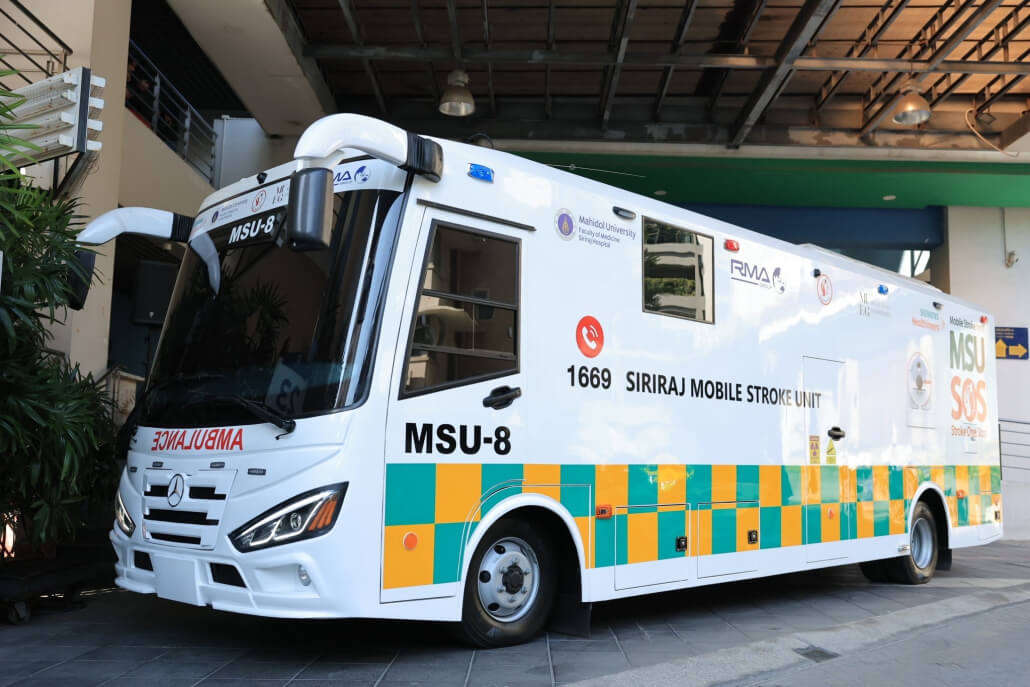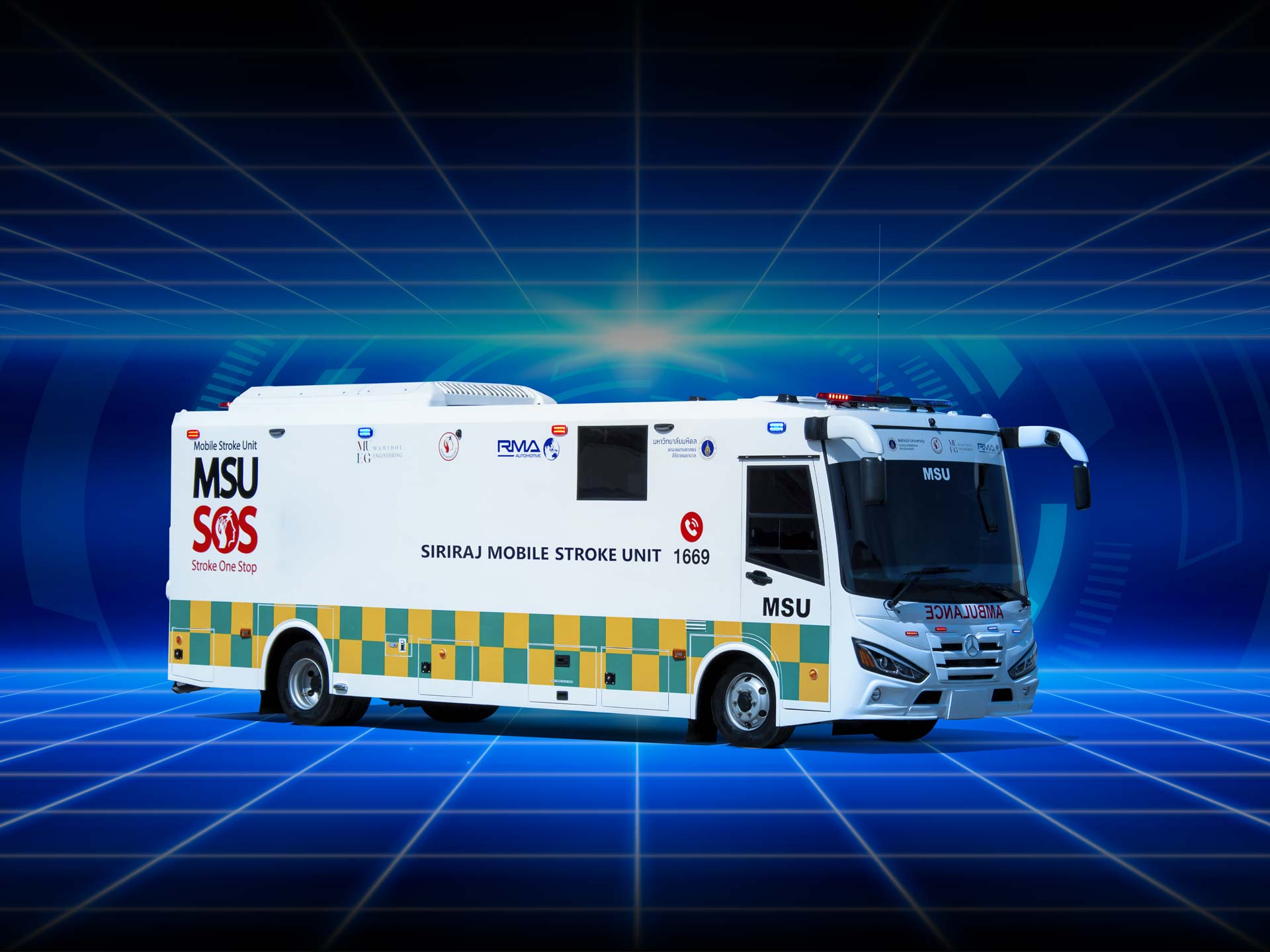
A Life without Stroke
The Mobile Stroke Unit (MSU) is a specialized ambulance equipped with cutting-edge technology to diagnose and treat strokes on the spot.
MOBILE STROKE UNIT
Send download link to:
By bringing the hospital to the patient, the MSU significantly reduces the time it takes to begin life-saving treatment, which is crucial in stroke care. Time lost is brain lost, and with the MSU, we are transforming the way stroke treatment is delivered.
- Fast Response with Complete Diagnosis & Treatment
- Total Solution for Acute Emergency Treatment
- Full Medical Information Integration Collaboration Platform
The MSU Mobile Stroke Unit
The MSU mobile stroke unit was developed through a collaboration between RMA Automotive, Mahidol University’s Faculty of Engineering, and Siriraj Hospital’s Faculty of Medicine. This partnership focused on designing a vehicle capable of supporting a heavy CT scanner, ensuring the structure and attachment points could withstand the weight and stresses involved. To achieve this, RMA used advanced engineering analysis, including Computer-Aided Engineering (CAE) and Finite Element Analysis (FEA), to simulate the forces acting on the vehicle under compression standards (FMVSS 220).
The design also adheres to international safety standards, including the BS EN 1789 standard for emergency medical vehicles, as well as local regulations from Thailand’s Emergency Medical Institute (EMS) and the Excise Department’s 2018 Royal Gazette announcement. The result is a high-performance mobile stroke unit that meets the rigorous requirements for patient care in emergency situations.
Through this project, RMA Automotive has further advanced its engineering capabilities and automotive technology, positioning itself as a leader in mobile medical solutions in Thailand and beyond.

World-Recognized Stroke Solution
In 2023 it was awarded the grand prize at the invention symposium, WorldInvent Singapore. In the case of a stroke, early treatment is essential to ensure the best rate of patient recovery. Purpose-built with a CT scanner on board and connected via ultra-fast 5G to the neurologist, the MSU allows for radiological diagnosis, evaluation, and effective early treatment of stroke patients.
The MSU is stationed at satellite locations with easy access to main roads and highways that can be easily reached by ambulances to cut down on transfer times.
Aside from the CT scanner, the medical interior is outfitted with computer systems and other specialist equipment. A specially designed access ramp moves the stretchered patient into the ambulance interior. Power is provided by independent inverters while integrated stabilizers are deployed to create a perfectly steady environment.
Stroke is a complex and time-sensitive medical emergency
Early Action is important for stroke.
- Annually, 15 million people worldwide suffer a stroke. Of these, 5 million die and another 5 million are left permanently disabled.
- Patients treated within the first 60 minutes are twice as to recover fully.
- Up to 1.9 million brain cells die every minute during a stroke. Mobile Stroke Unit cuts the time to treatment by up to 50%.
Upon arrival, the specialists performs an on-site CT scan to determine the type of stroke. With the help of 5G/4G Emergency Stroke Consultation, a neurologist reviews the scan and advises on the treatment plan in real time.
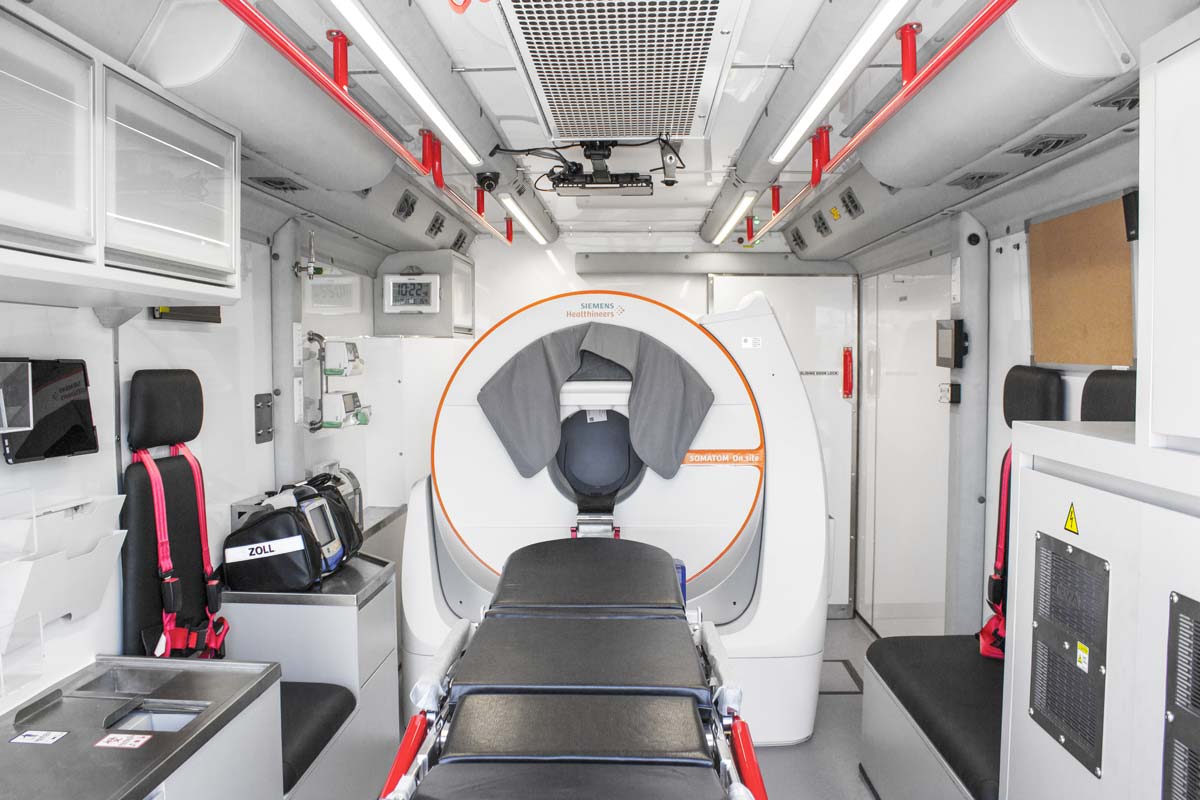
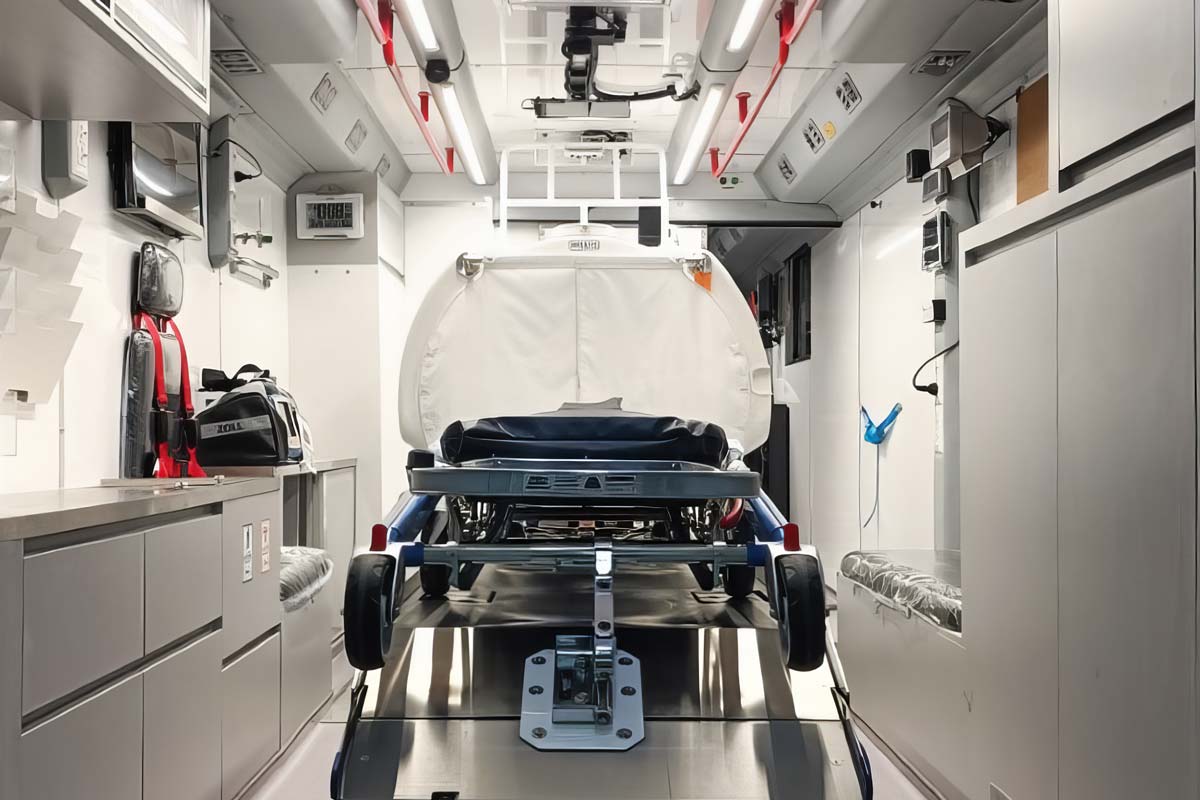
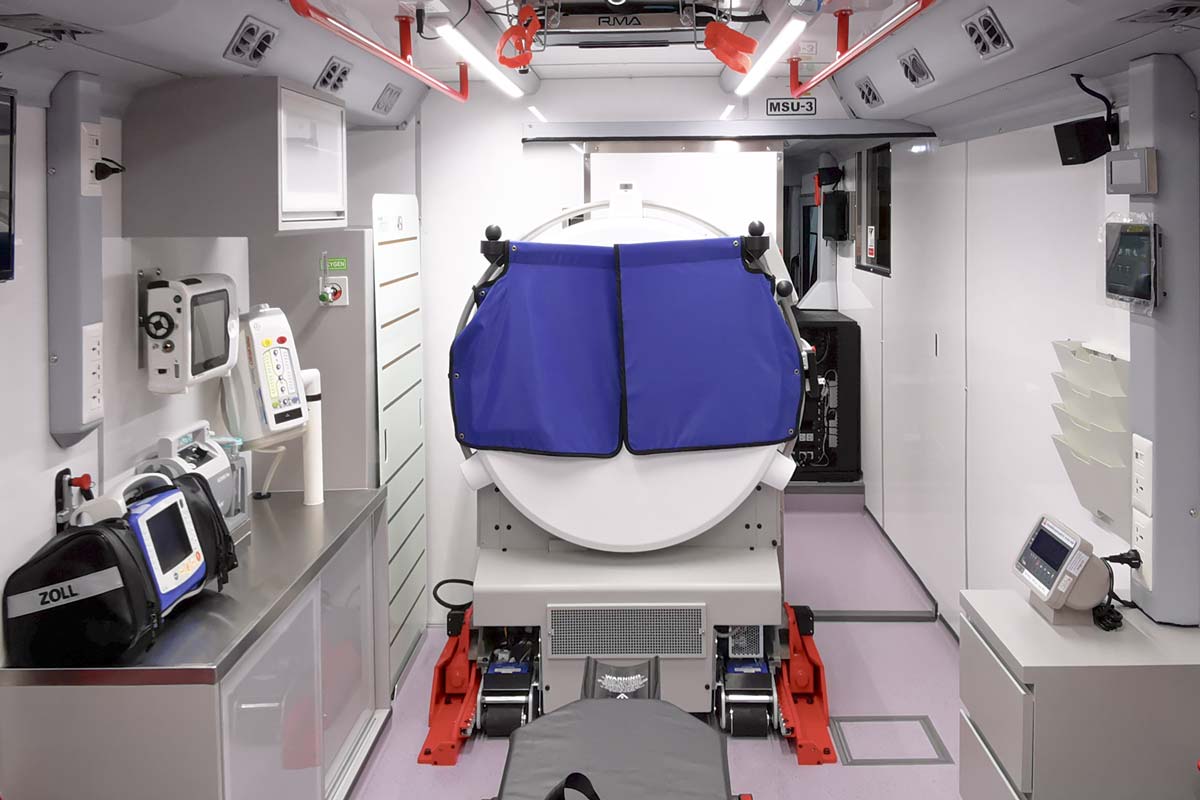
State of the art technology
The MSU-SOS is outfitted with the latest medical technology to ensure the best possible care for stroke patients. The onboard CT scanner allows us to perform brain imaging on-site, critical for determining the type of stroke and the appropriate treatment. With 5G/4G Emergency Stroke Consultation, our onboard team can consult with leading neurologists in real time, ensuring that each patient receives expert care without delay.
Experience the MSU from different angle
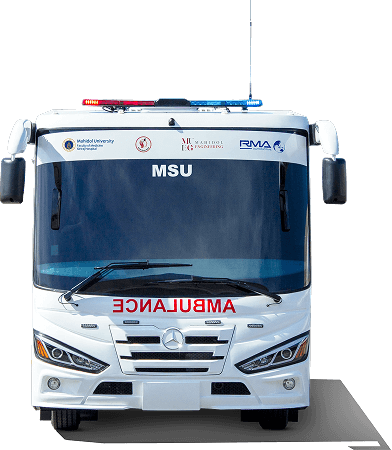

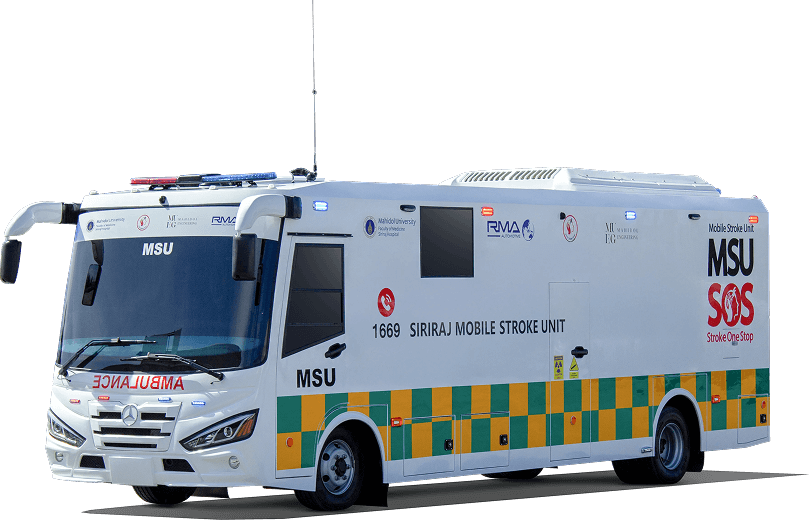
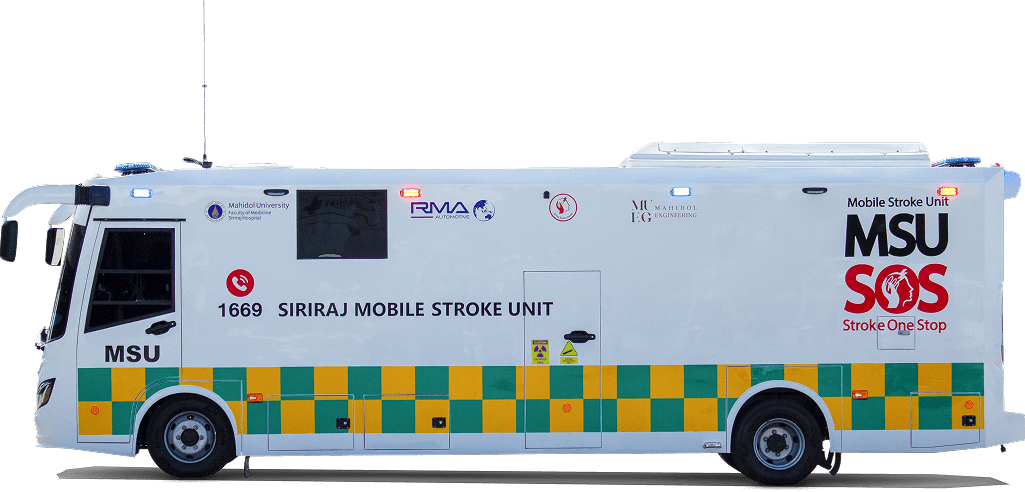
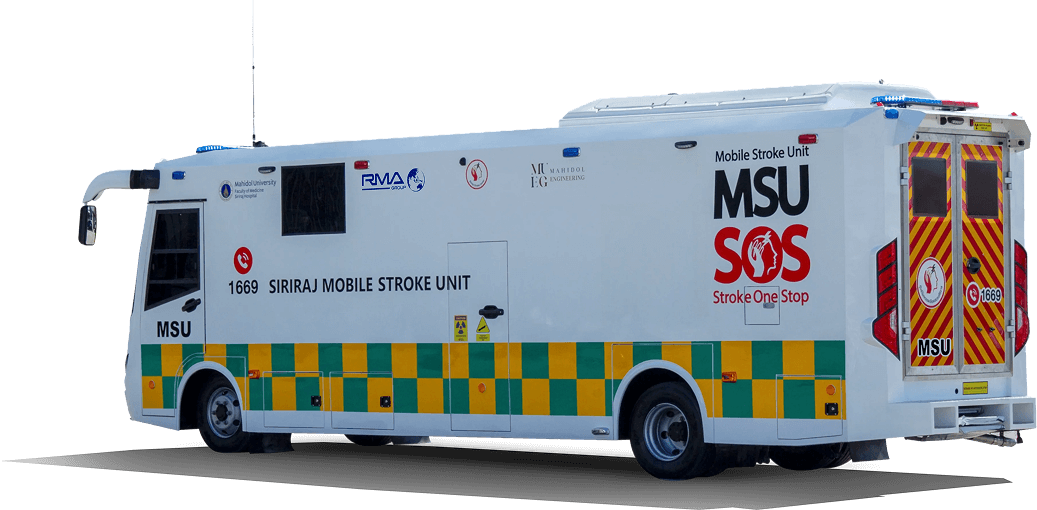
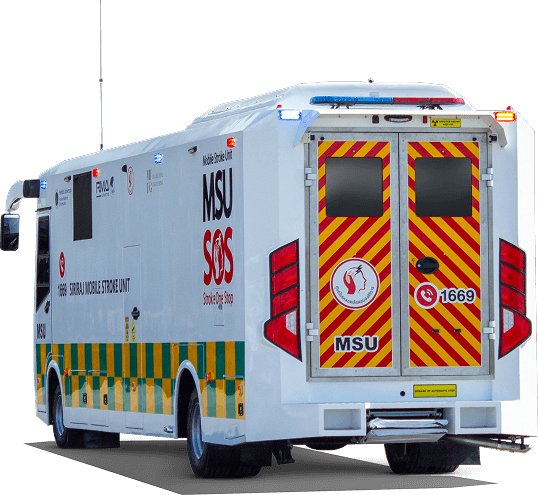
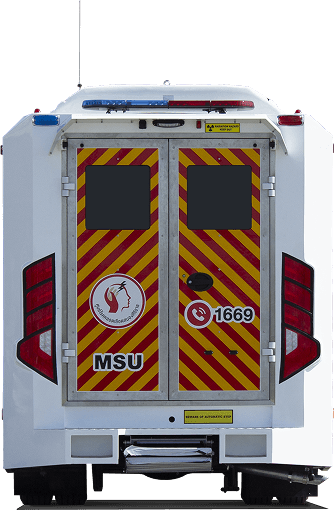
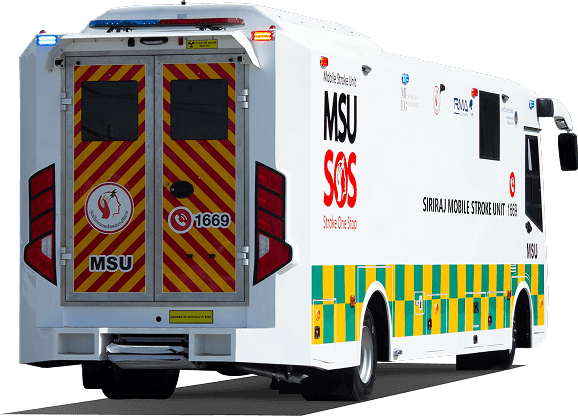
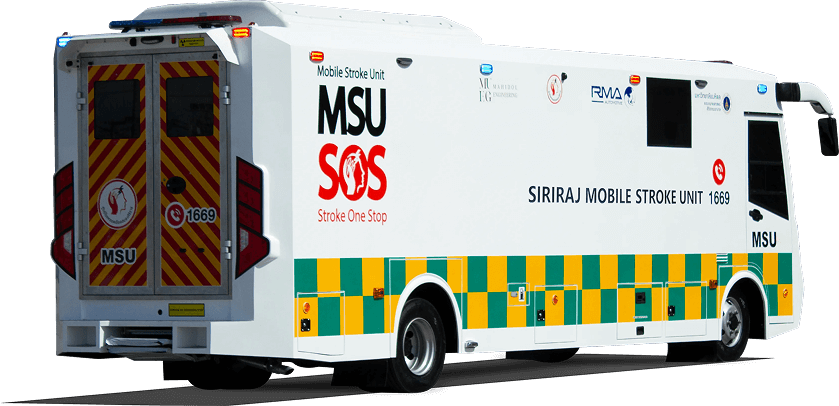
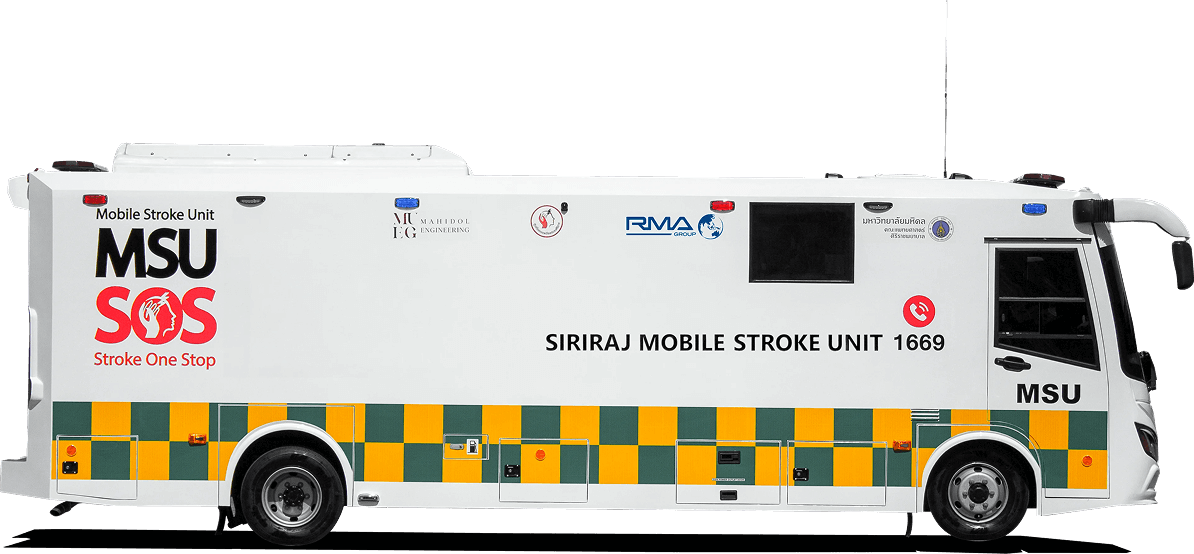
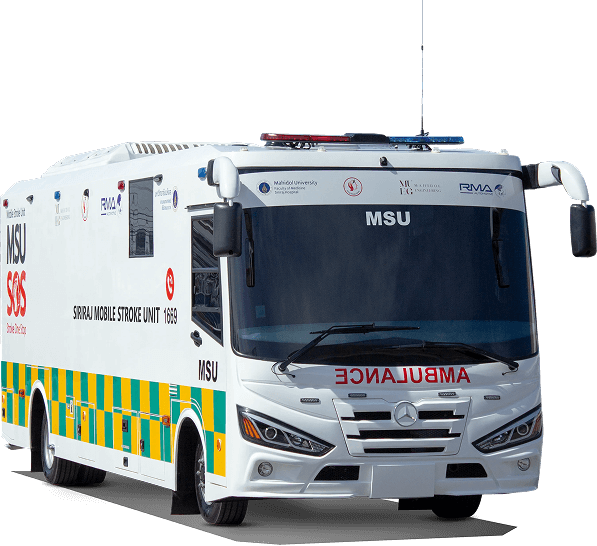
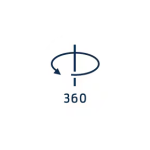
Specifications
All of the structural and welding designs are validated according to NHTSA and ECE standards requirements.
The CT scanner mounting design is a common structure for various CT scanner models, and it is analyzed to determine its strength according to ECE standard requirements.
The system was designed to integrate patient transport and loading system, including height adjustment to match with CT scanner protocol.
This feature is to support the vehicle height adjustment.
It lowers the vehicle to facilitate patient loading and offloading.
A utility integration system that enhances driving performance and records data in both the driver and passenger compartments while in operation.
TPMS continually monitors tire inflation pressure and informs the driver when it goes below a specified threshold.
Tire performance qualities are improved, while tire life is increased.
Interior layout design according to specific ergonomic requirements with medical-grade interior fittings, anti-bacterial and anti-slip floors.
Made of aluminum which is light and offers good corrosion resistance, the electric step also has an automatic stop and retract function when the rear door is closed.
Patient compartment panels are fitted with lead sheets and glasses to protect against radiation from the CT scan operation and also tested by Regional Medical Sciences.
High electric power consumption Hybrid Inverter (220V/8kW) with lithium batteries to support the CT scanner and all medical equipment.
Touch screen monitor to activate and monitor the electrical part status and functions.
System designed and set up for doctors in the hospital to interface with patients in the medical-bay.
Specific high-intensity Interior lighting (1650 lux) with front/rear light bars and surrounding emergency lights according to ambulance standard compliance.
Intelligent design to maintain interior temperature control while the vehicle is on the road and in standby mode at the hospital.
News
FAQ
Patients suffering from acute stroke, including both acute ischemic stroke and intracerebral hemorrhage, who require complex medical diagnosis and treatment from neurologists and stroke specialists within 270 minutes*, in order to reduce the risk of death or permanent disability. MSU-SOS facilitates acute stroke diagnosis and treatment on-spot, with or without a neurologist present, and can achieve activation-to-treatment times as fast as 18 minutes (Average is 30 minutes), significantly improving the opportunity for better medical outcomes for patients.
*This number of time may be different in some country.
The Mobile Stroke Unit-Stroke One Stop (MSU-SOS) offers a comprehensive solution for acute stroke care, comprising a specialized mobile stroke vehicle, an emergency stroke teleconsultation system, and a MSU-SOS medical information and management platform.
- The specialized mobile stroke vehicle is equipped with:
- A state-of-the-art mobile Computed Tomography (CT) scanner capable of both non-contrast head CT and Computed Tomography Angiography (CTA).
- A rapid and safe one-person patient loading system.
- A system designed to operate without external power or engine loss.
- A robust transportation safety and protection system.
- A specialized medical emergency support system, including medical gas supply, a medical cabinet, a contrast injector, and medical CPR devices.
- A reinforced vehicle structure that protects against radiation scattering and 10G force impact.
- The onboard emergency stroke teleconsultation system facilitates real-time communication via voice, video, and data over a 5G network, upgradable to 6G or Low-Earth orbit satellite. This system enables efficient stroke symptom triage and chief complaint assessment, with or without a neurologist present, significantly enhancing medical service quality in remote or underserved areas.
- The MSU-SOS medical information and management platform enables secured seamless inter-hospital medical information exchange, incorporating AI support to optimize medical information logistics and expedite medical decision-making in stroke case management. This platform reduces patient transfer times and increases access to comprehensive stroke treatment.”
According to the U.S. Centers for Disease Control and Prevention (CDC), a stroke occurs every 40 seconds in the United States, equating to approximately 90 strokes per hour. Globally, the World Stroke Organization reports at least 12.2 million new strokes annually. These statistics underscore the significant global public health burden posed by stroke.
The important signs of acute stroke that you should be aware are:
- Unilateral sudden weakness in the hand, arm, or leg.
- Inability to maintain elevation of an arm or leg against gravity (drift).
- Abrupt onset of slurred or dysarthric speech when attempting to articulate simple words or sentences.
- Unilateral facial droop, particularly noticeable during smiling.
- Sudden, severe headache without preceding trauma.
- Acute visual field deficit, particularly affecting one eye.
- Sudden onset of gait instability or loss of balance.
The presence of any of these symptoms necessitates immediate contact with emergency medical services. These manifestations may indicate an acute stroke.
In acute stroke care, time is critical. Every minute lost increases the risk of death and permanent disability. The ‘golden window’ for effective treatment is within 270 minutes*
Our MSU-SOS system significantly reduces the time it takes for a patient to access acute stroke care. Once activated, the MSU-SOS vehicles will meet a patient transferred by an EMS ambulance at an out-of-hospital rendezvous point. This reduces the transfer time by 50-60%**. The patient’s condition, on-site laboratory tests, and neurological signs of stroke, including brain computed tomography (CT) and computed tomography angiography (CTA) scanning, can be performed instantly in the MSU-SOS vehicle upon meeting the patient. Neurologists can remotely see and talk with the patient and the medical team on board the vehicle, as well as with medical teams from hospital networks. This reduces the waiting time for neurologist consultation and treatment plan decisions. Once the decision and order have been given, the on-board medical team can perform treatments, including intravenous reperfusion medicine. The MSU-SOS system can reduce the activation-to-treatment time to be in less than 30 minutes (the fastest time is 18 minutes.), increase the chance of receiving reperfusion medicine by 50% compared to standard stroke fast-tracks, and reduce the chance of a patient suffering from major disability (mRS >= 2) by half.
*The golden time window may be different in some country.
** The number can be different due to road conditions and speed regulations.
*** mRS = Modified Rankin Scale
Our MSU-SOS system provides advanced diagnosis and treatments for all types of acute strokes with proven medical outcomes for benefit of patients. The key features include:
- On-board brain computed tomography (CT) and computed tomography angiography (CTA) scanning
- Intravenous reperfusion medicine with TNK and tPA
- Medication for Stroke treatments of AIS, ICH, TIA and Minor Stroke
- Life support system and CPR capability
- On-spot laboratory testing such INR, Creatinine, EKG, COVID-19 antigen, FLU-A/B antigen
- Real-time medical information exchange for medication reconciliation and health underlining
- Real-time vital sign monitoring
- Classification and assessment of Acute Ischemic Stroke (AIS), Intracerebral Hemorrhage (ICH), Transient Ischemic Attack (TIA), Minor Stroke, Seizure, Stroke Mimic, and Brain Tumor
